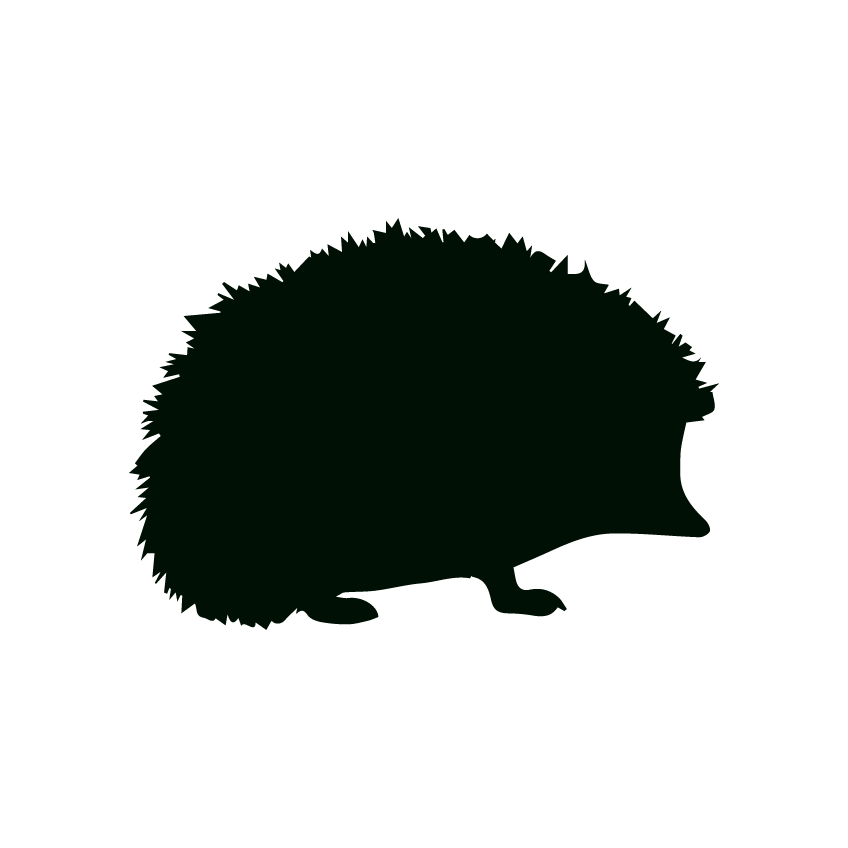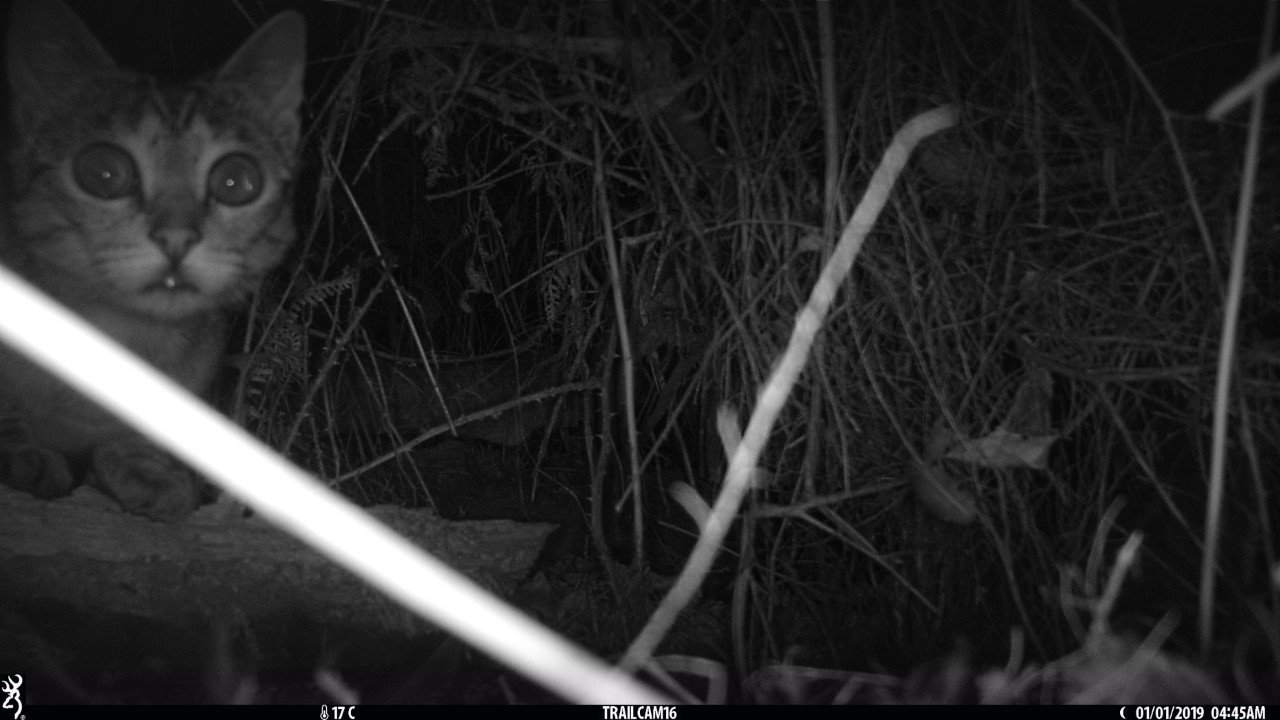

Early Stages
In 2006 with erection of the 10.6 kilometer predator proof fence, the focus shifted to predator control. An extensive trap and bait-station line were established. Approximately 1200 traps exist within and surrounding the sanctuary and a whopping 3300 bait-stations venture into the deepest creek beds.
The trap network dealt quickly to stoats and ferrets, enabling return of birdlife. Hedgehogs were largely eradicated within the initial years of operation. Feral cats proved most challenging apex predator to control. Initially upwards of 100 cats were dispatched on an annual basis, as the remaining population became increasingly trap-shy we required a change in tactic.
Pre-Sanctuary
In 2006 the peninsula was rife with pest species and introduced predators. The barren, dry landscapes similar to the Otago plains made perfect habitat for rabbits and their predators, notably stoats and ferrets. While earlier extensive control had limited possums in the late 90’s, rats and hedgehogs had colonized vast areas of the landscape. In the decades prior, the Regional Council had invested serious effort into the control of feral goats, sheep and deer, placing the sanctuary in a good position for eradication in the early years of operation.

MONiTORING
To measure rat activity, we deploy ~300 tracking tunnel cards every 2 months and analyze them on return seven nights later, as the standard overnight turnover was insensitive for our low population.
The sanctuary normally sits between 2-3% for rat tracking, compared to the national goal of 5% (after one night) for an improve in birdlife.
Other monitoring techniques include regular baited camera trials for the detection of feral cats, chew cards for rats and possums and sweeps with a certified pest-detection dog.
2021 Aerial control
By 2020 an estimated 70,000 rabbits roamed the sanctuary, causing serious erosion and competed with kiwi and sea-birds for burrows. As natural prey for ferrets, stoats and cats - an expanding rabbit population sparked an increase in predators. Intensive night shooting proved inadequate against an exponentially growing population. In 2021, Cape Sanctuary partnered with Manaaki Whenua to deliver one of the nation’s most significant 1080 aerial pest operations. Post analysis revealed a 99.98% success in rabbit control and 87.5% reduction in feral cats through secondary poisoning.
Following the rabbit control operation, a team of night-shooters routinely sweep for rabbits and residual cats.












